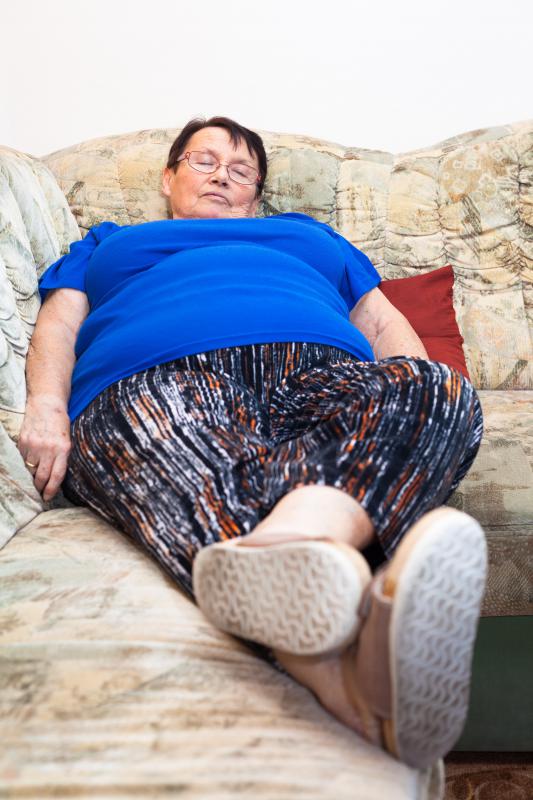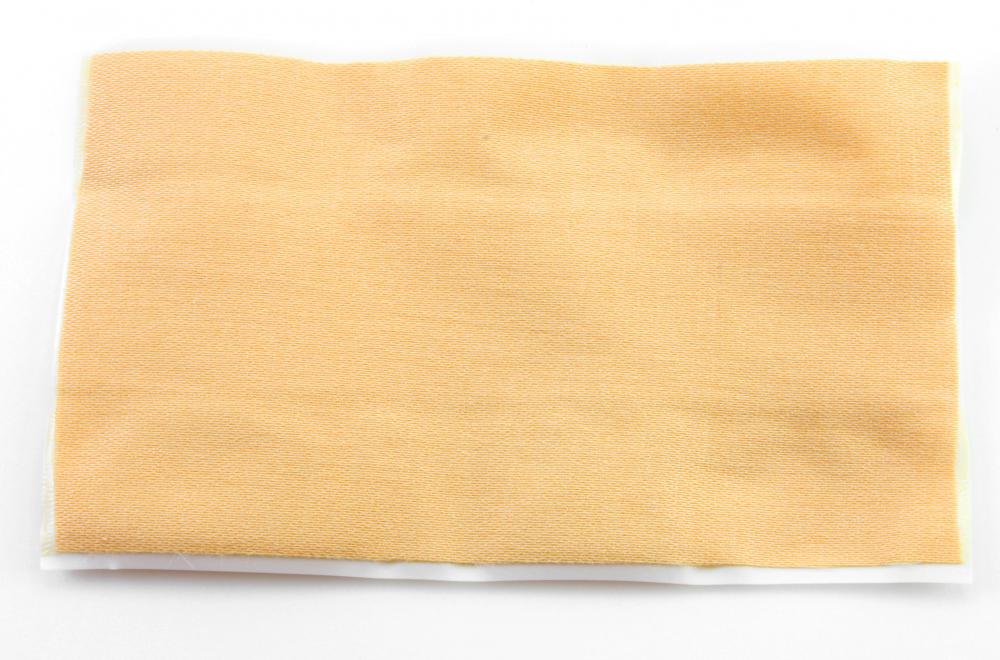At WiseGEEK, we're committed to delivering accurate, trustworthy information. Our expert-authored content is rigorously fact-checked and sourced from credible authorities. Discover how we uphold the highest standards in providing you with reliable knowledge.
What is a Decubitus Ulcer?
A decubitus ulcer is a skin lesion that appears because of excessive rubbing or direct pressure on a body part. Also known as bedsores and pressure sores, decubitus ulcers are common in people who are bedridden or wheelchair-bound because of paralysis, an acute injury, old age, or morbid obesity. Ulcers most frequently appear on the buttocks, hips, shoulder blades, and knees, though they can emerge on any patch of skin that is subjected to constant pressure. Treatment usually involves cleaning and dressing the lesions and repositioning the body to avoid excess pressure. Nurses and caregivers can prevent most decubitus ulcers by helping their patients change body positions regularly and inspecting sites where sores are most likely to appear.
The first appearance of a decubitus ulcer is characterized by red, irritated patches of skin. Within a few days, the outer layers of skin can break open and resemble a large blister. The ulcer might ooze fluid, especially if it becomes infected. Without treatment, the inner layers of skin and underlying muscle, bone, and tendon tissue become damaged. Most decubitus ulcers are painful and easily recognizable, though they may go unnoticed in patients who are desensitized due to paralysis or are unable to communicate with caregivers.

Elderly people who lack mobility are at the highest risk of developing decubitus ulcers, since skin tissue tends to thin and weaken with old age. Other populations at risk of bedsores include people who are hospitalized due to injury or illness, paralysis victims, and excessively obese people. An individual with diabetes or a vascular disorder may also experience a decubitus ulcer due to inadequate blood circulation and to body parts that are frequently under pressure.

Doctors, nurses, or caregivers who notice decubitus ulcers administer treatment according to the severity of the lesions. Most sores are treated by thoroughly cleaning the area with mild soap and water, applying antibiotic ointment, and dressing the wound with a bandage. The patient is readjusted in his or her bed or wheelchair to prevent excessive pressure on the sore. A doctor may need to remove damaged tissue from a more severe decubitus ulcer. If the ulcer persists for several days or weeks, surgical intervention may be necessary to cut away large sections of tissue and mend the skin back together.

Decubitus ulcers can usually be prevented with careful attention by caregivers, nurses, doctors, and patients themselves. Caregivers can reduce the likelihood of bedsores by helping their patients change body positions several times a day. A softer mattress, padded bed rails, and foam wheelchair backs can further reduce pressure. In addition, it is important for a patient to maintain a nutritious diet and exercise routine to the best of his or her ability to promote healthy immune system functioning and reduce the risk of a decubitus ulcer.
AS FEATURED ON:
AS FEATURED ON:

















Discuss this Article
Post your comments